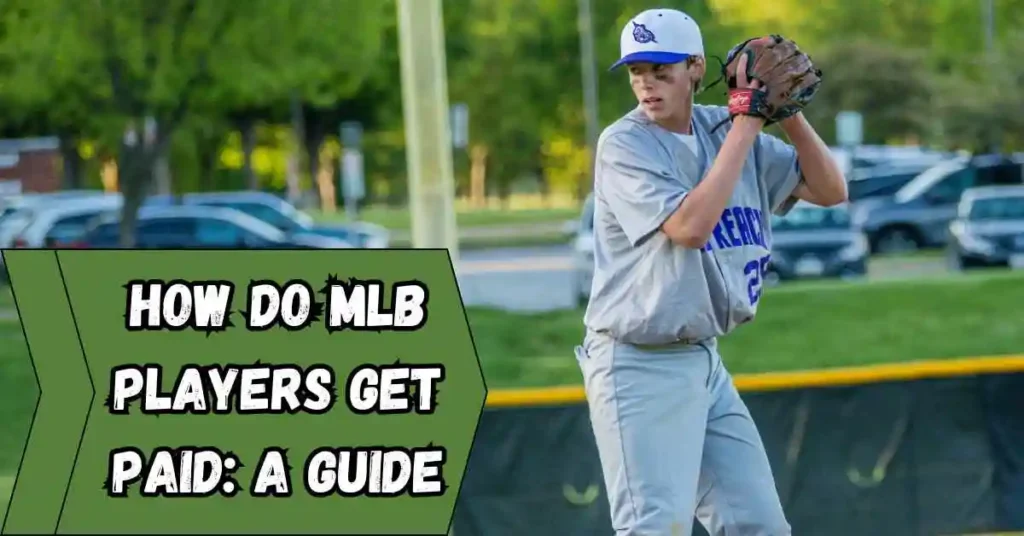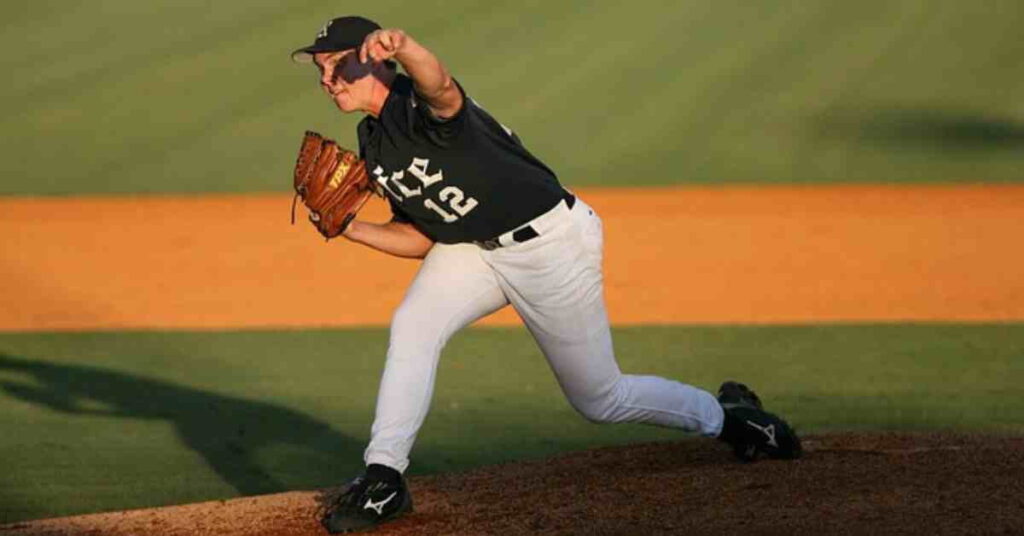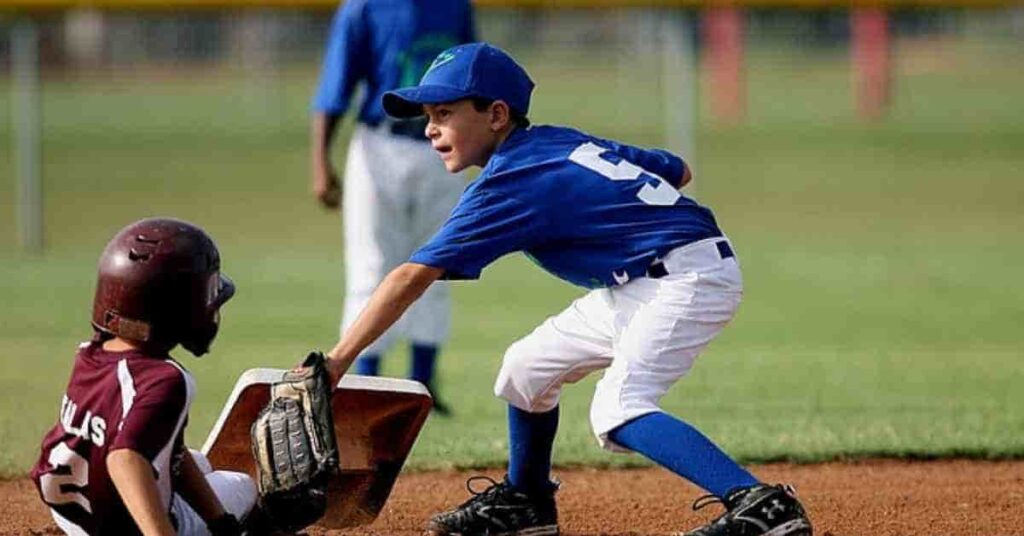
Major League Baseball (MLB) players are among the highest-paid athletes in all professional sports. But have you ever wondered how and how often MLB players get paid? Understanding how the salary structure works, from contracts to payment schedules, will give you an idea of the sport.
So, whether you are a baseball fan, a wannabe player, or someone who wants to learn more about baseball, here’s a lowdown of all you need to know about MLB salaries and pay schedules.
How Do MLB Players get Paid?
MLB players earn salaries from the clubs based on contracts negotiated between them, their agents, and the clubs. These contracts list the wages paid in a year, bonuses, and incentives based on the player’s performance and experience.
Guaranteed Salaries and Different Contract Types:
One of the most significant parts of the multi-million dollar contracts that most Major League Baseball organisations extend to their players is that their salaries are guaranteed. This means the clubs cannot withhold the wages of such players under any circumstances, even if a player gets injured or doesn’t perform as expected.
Players can sign contracts ranging from rookie deals to minimum salary to multi-million-dollar agreements spanning several years. Some contracts also feature a signing bonus, which functions as a lump-sum payment given at the time of a player’s signing with a team.
Performance-based Incentives:
Plenty of contracts with performance bonuses allow players to earn extra money for hitting certain milestones. In other words, a player can earn more if he reaches 30 home runs, goes to the All-Star Game, or wins league awards such as MVP or Cy Young.
Salary arbitration and free agency:
There are salary arbitrations after the third completion of the season. Here, the players can negotiate for a raise based on their performance. Once a player attains six seasons in MLB, he qualifies for free agency, thus allowing him to sign with any contract-offering team. This progression often leads to significant salary increases as seen in both rookie contracts and experienced players moving towards lucrative deals after free agency.
How Often Do MLB Players Get Paid?
As a baseball fan, you might wonder how often MLB players get paid. Players are paid weekly in other careers, while others are paid bi-weekly.

Regular Pay Schedule for the Season:
For the first six months of the regular season MLB players are paid twice monthly on the 1st and 15th, starting on Opening Day and ending after game 162.
Postseason and Bonus Payments:
Baseball players receive substantial monetary rewards from playoff bonuses in postseason tournament games. Revenues from ticket sales and television contracts primarily determine the bonuses. The teams that advance further into the playoffs distribute higher bonus amounts among their players.
Off-Season Payments:
In contrast to the other leagues in professional sports, MLB players do not get salary-based payments during the off-season. Only if a contract contains perks like signing bonuses or deferred payments will such players be able to earn off-season as well.
Other Ways That MLB Players Earn Money
Besides their basic salary, MLB players have multiple revenue streams that add to their total salary.

Endorsement and Sponsorships:
Many Major League Baseball players are linked to endorsements with recognizable brands like Nike, Adidas, or Rawlings. Such sponsorships can, in some cases, surpass even their field earnings, especially for superstar athletes with huge fan following.
Merchandising Sales:
The Jersey sales and all other MLB merchandise add to player income. Players are not paid directly for every jersey sold, but players receive a share in a portion of merchandising revenue among all players.
Appearance Fees and Media Deals:
The high-profile players make considerable outside earnings through public appearances, autograph signings, and commercials, which add considerably to their overall earnings relative to standard MLB contracts.
Factors Influencing MLB Salaries
Several key factors impact the salary of an MLB player.
Experience and Performance:
Rookie players earn the minimum league salary, while veteran players with high statistics earn higher salaries even when negotiating. A player’s Consistent performance in batting, pitching, and defense is key to valuing contract deals. For example, older players often earn more as their experience and track record increase their market value.
Team Payroll and Market Size:
Teams with larger budgets like the New York Yankees and Los Angeles Dodgers can afford such contracts. Contrarily, smaller-market teams lack the funds for A-list players.
Luxury Tax System:
Major League Baseball does not have a strong salary cap.However, it has an operational luxury tax system. When a team pays any exceeding amount or when its total salary crosses a certain threshold, it pays an extra fee according to that marginal amount. The luxury tax ensures that the league’s small-market teams are kept competitive.
Conclusion:
MLB players receive some of the most significant payments in the sporting world, from guaranteed contracts and bi-weekly salaries to endorsement deals and luxury tax implications.
FAQ’S
1. Do MLB players get paid in the offseason?
No, MLB players are only paid their salaries during the regular season. Incidents of payments being deferred or made during the offseason are contingently agreed upon within some contracts.
2. Do MLB players get paid if they are injured?
Since most MLB contracts guarantee full payment, injured players receive income while being disenfranchised unless they serve standalone minor league contracts.
3. What is the salary of rookie MLB players?
Rookie players earn the minimum salary of $720,000 in 2024.
4. Do the All-Star selections receive an additional pay?
Yes. Selecting the All-Star Game will grant the players bonus payments and provides many other opportunities.
